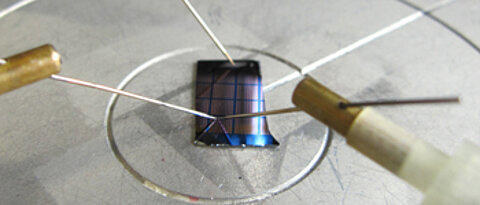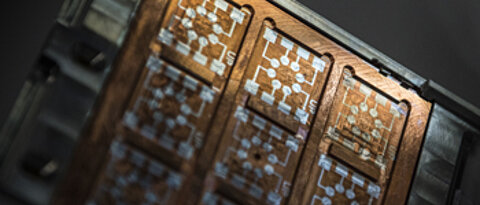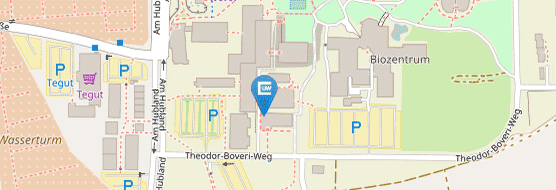CV of Dr. Matthias Stolte
|
Background and Motivation
The continuously emerging and improving opto-electronic devices like mobile phones, displays and solar cells of our highly interconnected society stimulate the creativity of chemists to design new functional materials. Our research focus is on small organic molecules, which can be either processed from solution at low temperatures or in vacuum onto various substrates. We try to guide their organization from individual molecules, over their self-assembled aggregates in solution and on surfaces to solid-state. Unrevealing materials structure-property relationships will enable us in this so-called bottom-up approach to create new functional materials for future applications.
Contact:
Dr. Matthias Stolte
Phone: +49 931 31-88371
Fax: +49 931 31-883710
matthias.stolte@uni-wuerzburg.de




